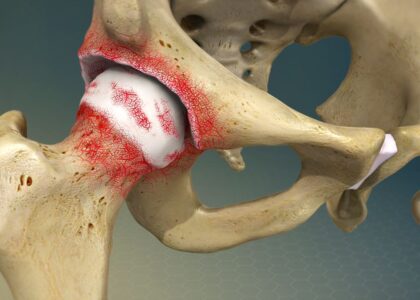ENT stands for Ear, Nose, and Throat. An otolaryngologist is a doctor who
specializes in diagnosing and treating diseases of these three interconnected parts of
the body. Here’s a look at some common ENT diseases:
Ear infections:
Ear infections are one of the most common reasons children
see a doctor. They can be caused by bacteria or viruses and can cause ear pain,
fever, and drainage from the ear.
Ear infection
Hearing loss:
Hearing loss can be caused by a variety of factors, including
age, noise exposure, and ear infections. There are different types of hearing
loss, and treatment options vary depending on the cause and severity.
Sinusitis:
Sinusitis is an inflammation of the sinuses, which are the air-filled
cavities in the face. Symptoms of sinusitis can include facial pain, congestion,
and a runny or stuffy nose. Sinusitis
Allergies:
Allergies are a common cause of ENT problems, such as rhinitis
(inflammation of the lining of the nose), sinusitis, and ear infections. Allergies
can be triggered by a variety of substances, such as pollen, dust mites, and pet
dander.
Tonsillitis:
Tonsillitis is an inflammation of the tonsils, which are the two
lumps of tissue at the back of the throat. Symptoms of tonsillitis can include
sore throat, fever, and difficulty swallowing.
Laryngitis:
Laryngitis is an inflammation of the voice box, or larynx. It can
cause hoarseness, a loss of voice, and a sore throat. Laryngitis is often caused by a viral infection, but it can also be caused by overuse of the voice or
exposure to irritants, such as smoke or dust.
Sleep apnea:
Sleep apnea is a condition in which breathing repeatedly stops
and starts during sleep. Symptoms of sleep apnea can include snoring, daytime
fatigue, and difficulty concentrating.
This is just a brief overview of some common ENT diseases. If you are experiencing
any ENT problems, it is important to see a doctor to get a diagnosis and discuss
treatment options. Early diagnosis and treatment can help prevent complications.










